Biotechnology of VA Mycorrhiza: Indian Scenario
Because of the advantage of their universal presence, minute size and astonishingly rich physiological qualities, microbes play a key role in maintaining the biological equilibrium on earth and in their absence, life on the planet will be extinct. Different forms of interrelationship between plants and microbes have developed over million of years. On the extreme end, destruction of one by the other takes place. On the other hand, in the struggle for existence between the two efficient opponents, various forms of symbiotic relationships have emerged. The possible beneficial role of a symbiotic association between plant roots and fungi was brought out for the first time in 1842 by Vittadini and the name “Mycorrhiza†was given to it by Frank in 1885. Since then our knowledge on mycorrhiza-plant relationship has grown somewhat with slow pace until about 1970 when there was a sudden upsurge of interest on a specialized type of endomycorhiza-vesicular arbuscular mycorrhiza (VA Mycorrhiza). The prodigious research made during last three decades clearly established its widespread occurrence in various plant species and under different agroclimatic conditions covering broad ecological range including deserts, forests and mangroves. It was also established that this symbiotic association benefits the plants through enhanced nutrient uptake, biological control of root pathogens, and synergistic interaction with nitrogen fixing microorganisms, hormone production and drought resistance. In view of its utility to plants, this biotool has now attracted the attention of microbiologists, agronomists, horticulturists and foresters at the global level. The book will be highly useful for the microbiologists, plant pathologists, environmentalists, biochemists, biotechnologists, agriculturists, foresters and planners.
Get it now and save 10%
BECOME A MEMBER

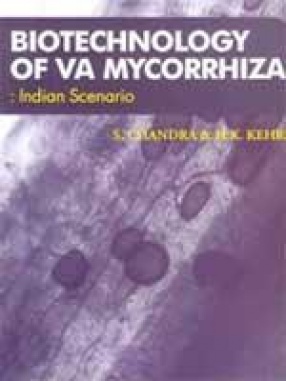

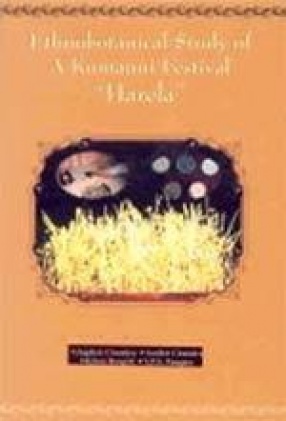

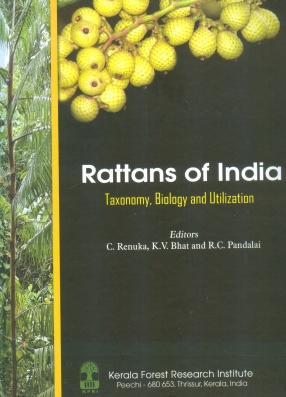
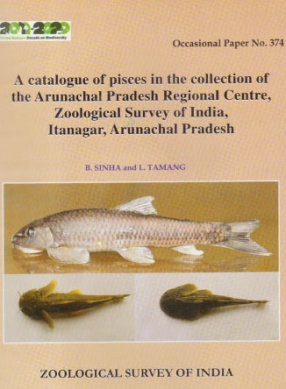
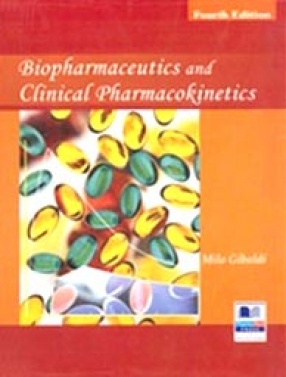

Bibliographic information
Harbans Kaur Kehri
Tags